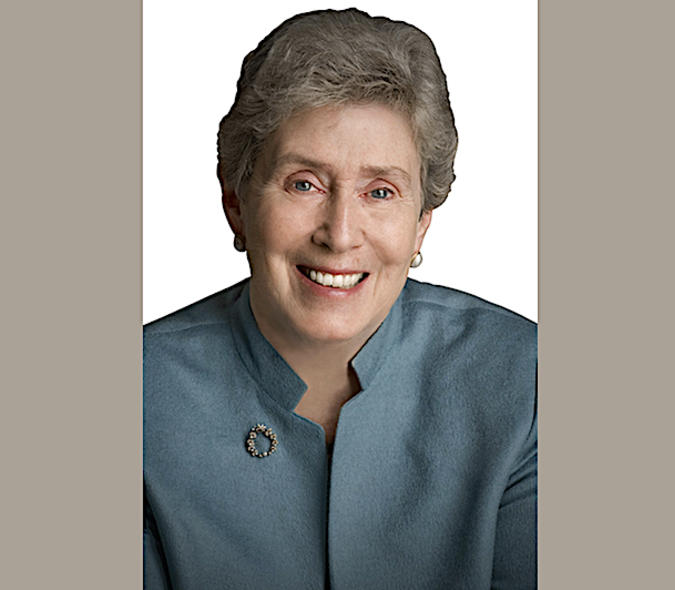
Jameson leads effort to pinpoint the role of senescent cells in immune system dysfunction and aging
No one knows how old the long-lived patriarch Methuselah was when he died. The biblical account is 969 years. What is certain is that, like any aging person, he had accumulated many non-functional senescent cells in his organs and tissues. Senescence is a process by which a cell ages and stops dividing but does not die. But do bystander senescent cells contribute to disease and accelerated aging, say by triggering inflammation through the immune system?
LMP professor Stephen Jameson and associate professor Sara Hamilton Hart together with colleagues from the Institute on the Biology of Aging & Metabolism (iBAM), the Department of Microbiology & Immunology, and the Department of Integrative Biology & Physiology will try to answer that question. Jameson is the program director / lead PI of a five-year $13.6 million Program Project (P01) award from the National Institute of Allergy and Infectious Diseases (NIAID) entitled "The role of senescent cells in dysregulating immune responses and pathogen control."
In their NIAID application, the researchers note that, based on recent findings, senescent cells can exert a “bystander” effect on functioning immune cells. The bystander effect may lead to immunological dysfunction if senescent cells secrete cytokines and chemokines, small signaling proteins that can trigger or elevate inflammation. The investigators will examine the effects of age and increased senescent cell burden on immune function using an interdisciplinary approach that brings together the expertise of leaders in the fields of the biology of aging and immunology in three projects and two scientific cores: one core for sophisticated transgenic mouse and pathogen exposure models, the other for complex single-cell and spatial analysis (spatialomics) of tissues.
Jameson is the Harry Kay Chair of Biomedical Research in the Center for Immunology (CFI) who studies the regulation of T-cell development, homeostasis (a state of balance), and function. Through her research with CFI colleagues, Hamilton Hart has created innovative mouse models. iBAM co-investigators Paul Robbins and Laura Niedernhofer and their fellow researchers have published major studies on the role of cellular senescence in aging including with colleagues at the Mayo Clinic. Co-investigator David Masopust is a McKnight University Professor in the Department of Microbiology & Immunology who studies T-cell migration, differentiation, and memory development in response to infection.
In the summary of their NIAID application, the researchers conclude: “our overarching hypothesis is that senescent cells, including senescent immune cell types, dominantly compromise innate and adaptive immune cell homeostasis in both lymphoid and non-lymphoid organs and reactivity to pathogens,” adding “we also hypothesize that these adverse effects can be reversed by [senescent cell] elimination with senolytics, providing a new therapeutic strategy to restoring immune function in the aged.” [italics in original]
Senolytics are a class of drugs that have been found to eliminate senescent cells from organs and tissues. Clinical trials are underway to determine whether these drugs are safe and effective for treating age-related diseases.



